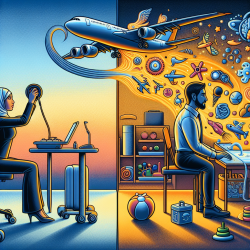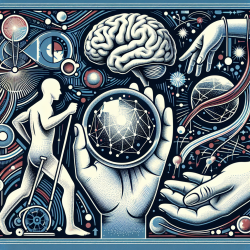Breaking Down Barriers in Visual Rehabilitation for Stroke Survivors
Stroke survivors often face a myriad of challenges, with visual impairment being a significant yet under-recognized issue. A recent study titled A qualitative description of barriers to visual rehabilitation experienced by stroke survivors with visual impairment in Alberta, Canada sheds light on the obstacles these individuals encounter. For practitioners, understanding these barriers is crucial to improving care and outcomes for stroke survivors.
Key Findings from the Research
The study conducted interviews with both stroke survivors and healthcare providers across Alberta, Canada. Two primary themes emerged:
- Facets of Visual Rehabilitation: This theme highlighted barriers such as limited access to resources, lack of public funding, and inadequate multidisciplinary professional interaction. Survivors often faced financial constraints and logistical challenges, particularly in rural areas where resources were scarce.
- Functioning with Post-Stroke Visual Impairment: Survivors' experiences varied greatly, with early diagnosis and access to rehabilitation services being pivotal. Many survivors struggled with the loss of independence, particularly in driving, which significantly impacted their quality of life.
Implications for Practitioners
For practitioners, this research underscores the importance of a comprehensive approach to visual rehabilitation. Here are some actionable steps to consider:
- Enhance Interdisciplinary Communication: Foster better communication between healthcare teams to ensure seamless referral pathways and comprehensive care plans.
- Advocate for Funding and Resources: Work towards securing public funding for visual rehabilitation services and devices, ensuring equitable access for all stroke survivors.
- Focus on Patient Education: Educate survivors about available resources and rehabilitation strategies to empower them in their recovery journey.
Encouraging Further Research
This study highlights the need for ongoing research to evaluate the effectiveness of post-stroke care models. Practitioners are encouraged to contribute to research efforts, exploring innovative solutions to overcome existing barriers in visual rehabilitation.
To read the original research paper, please follow this link: A qualitative description of barriers to visual rehabilitation experienced by stroke survivors with visual impairment in Alberta, Canada.










